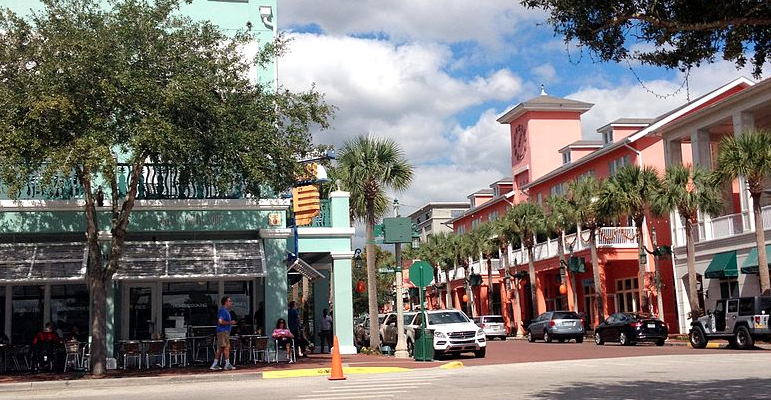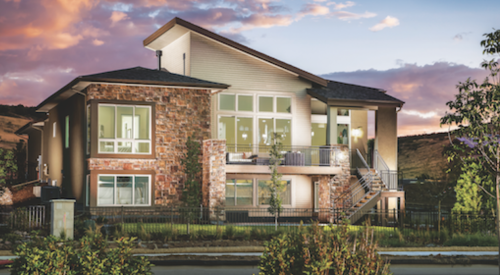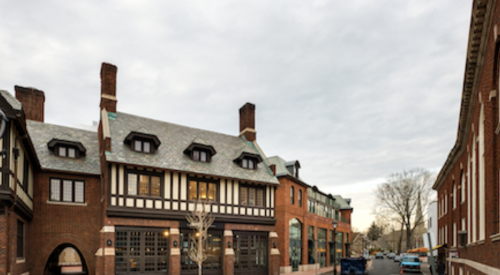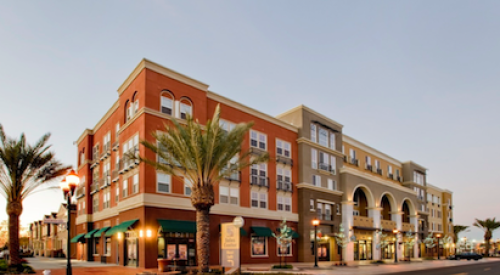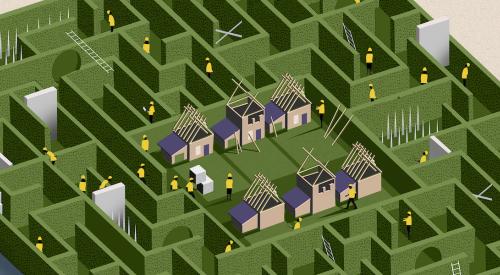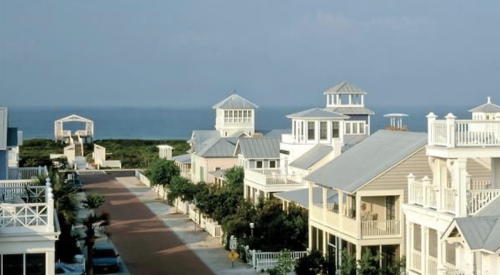The answer to this vehicular challenge, according to planner/architect Peter Calthorpe, is a hierarchy of arteries and throughways as well as a mix of intersections. Under a plan put forth recently in the journal Planning, he advocates a regional scheme using a system of transit boulevards, throughways and arteries as a replacement for the traditional 1-mile-square arterial grids.
Underlying Calthorpe's proposal is the acknowledgement that greenfield development will accommodate much of the growth in the United States during the next 10 years and that car trips are bound to grow despite efforts to increase mass transit.
Key concepts include:
Transit boulevards: Multifunctional rights of way would accommodate three kinds of travel. A median would provide room for through traffic and public transit. On the periphery, access roads would allow for local traffic, pedestrians and commercial activity.
Throughways: These would be for long-distance car trips and truck traffic. They would support low-density manufacturing and light industrial uses but would fit into the grid.
Roundabouts: Well-known in parts of the country, these intersections would be placed along arterial streets at 1-mile intervals with "infrequent" right-in, right-out curb cuts. Roundabouts have been shown to create about half the delay of signaled intersections.
Couplets: Transit boulevards would be punctuated at 4-mile intervals with town centers, where the boulevard would split into one-way segments (or couplets), creating a grid of pedestrian-scale streets in between.
